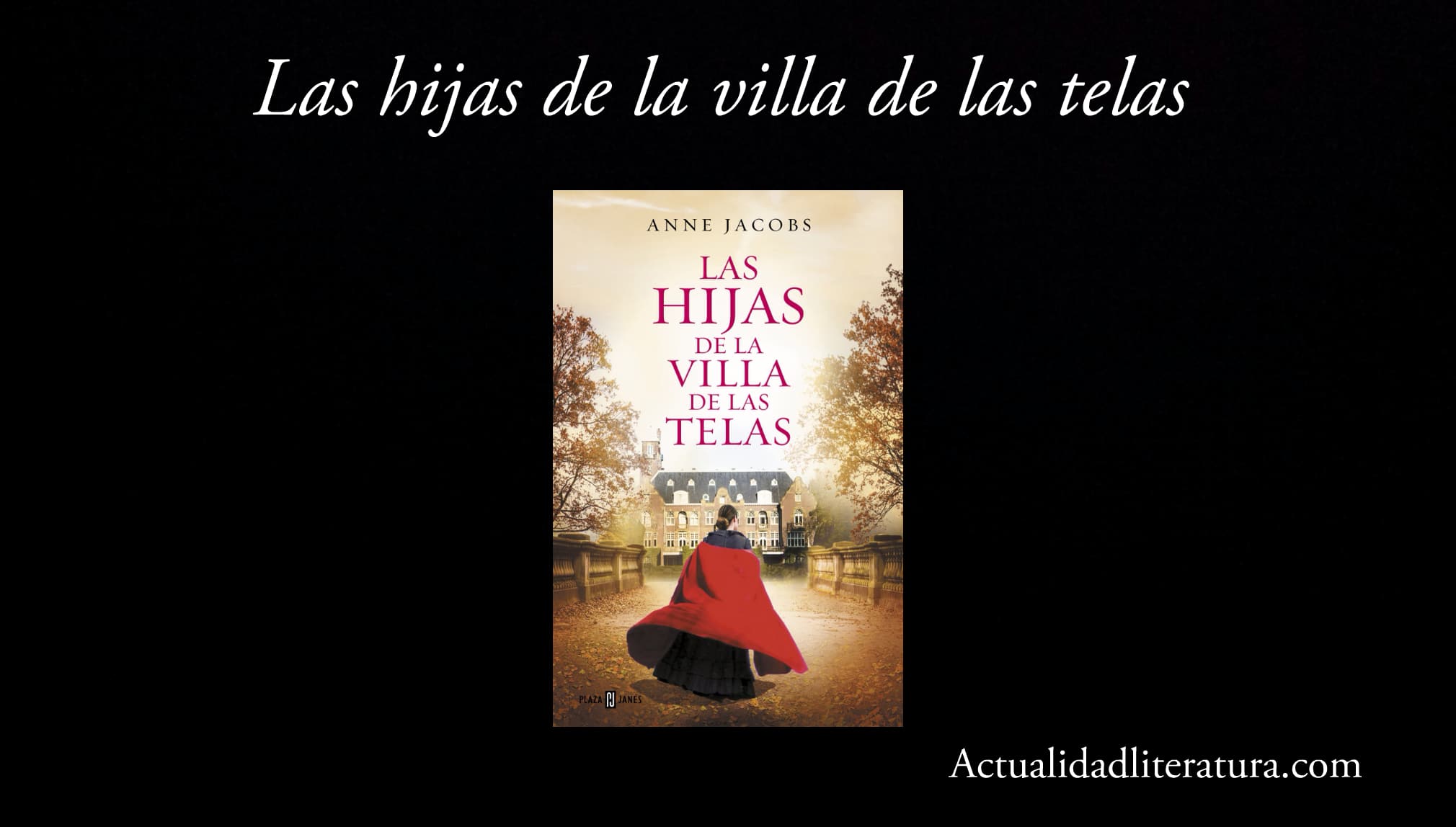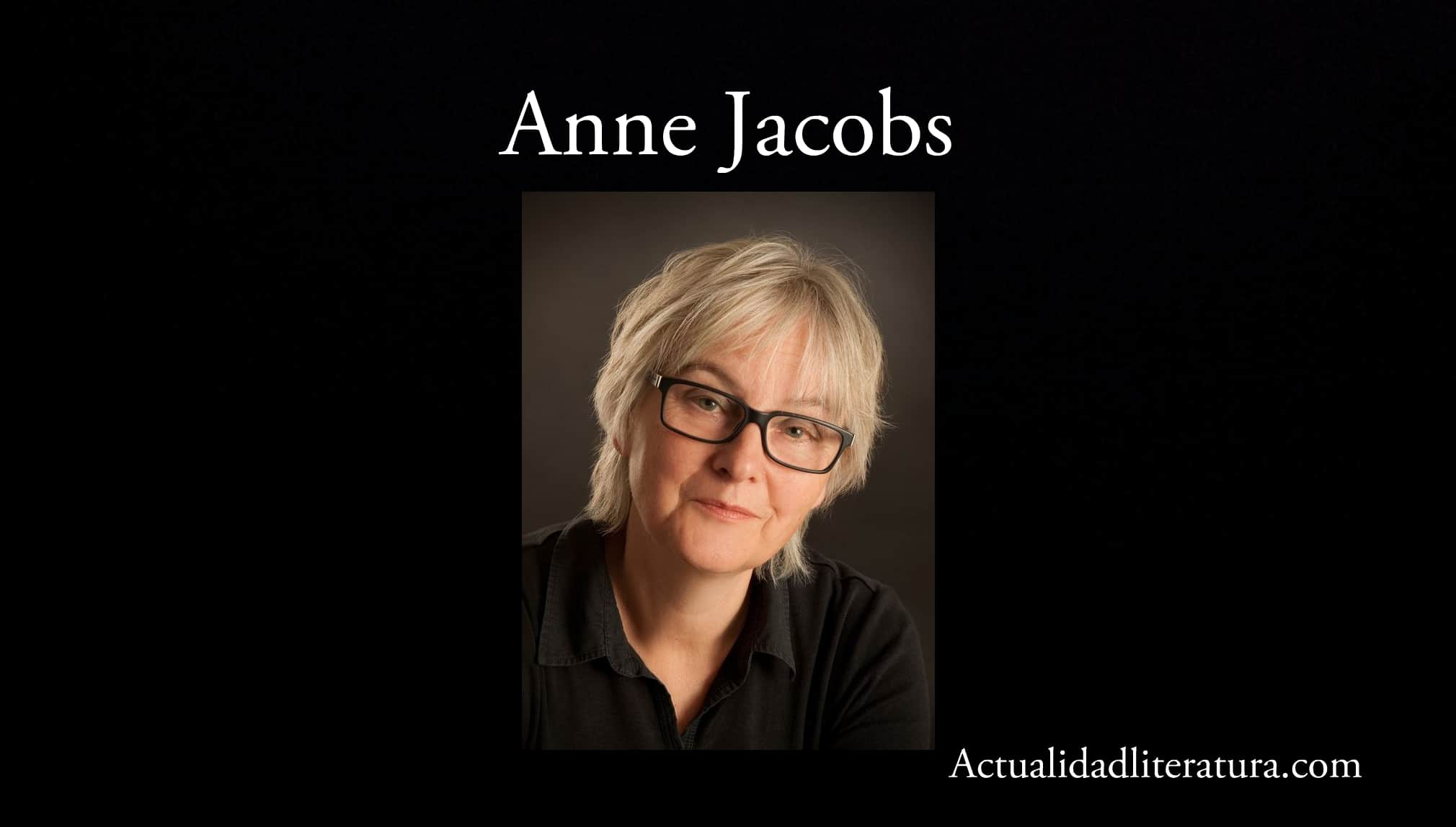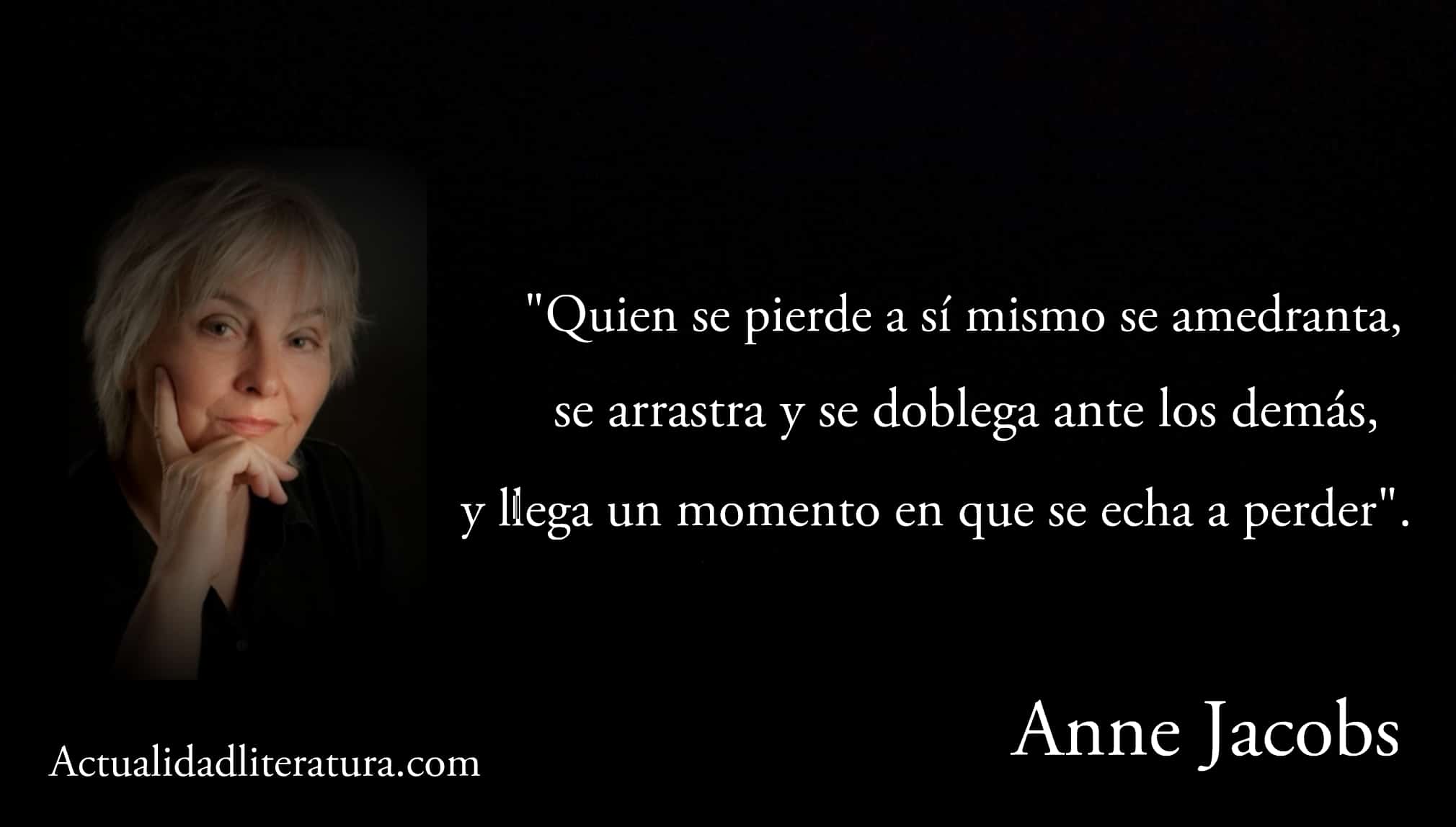
The daughters of the town of fabrics.
The daughters of the village of fabrics is the second installment of a literary trilogy created by the German writer Anne Jacobs. It was originally published in 2015, although it would not be until three years later that the Spanish translation would reach bookstores. It is a historical drama that openly takes the conflicts between the Crawleys and their servants as its source of inspiration. The result? A huge success among the public and specialized critics.
The way of approaching the stories about the European aristocracy of the late nineteenth and early twentieth centuries changed radically as of 2010. That year it was released Downton Abbey, one of the most successful British television series ever, created by Oscar-winning screenwriter Julian Fellowes. The resounding success of this production dismantled an old paradigm: (supposedly) historical dramas don't sell.
About the author, Anne Jacobs
A hidden talent
He was born in 1941, in Lower Saxony, at that time the largest federal state in Germany. The writer has been particularly jealous with the protection of her private life, which is why there are not many details. There are hardly any certainties about Anne Jacobs. Among them, his studies in music and languages. Also, for a long time she devoted herself to teaching as a secondary school teacher.
The literary profession (but not the vocation) reached him at a relatively advanced age. His first works were published at the end of the XNUMXth century, when he decided to dedicate himself entirely to letters. A score of historical novels allowed him to obtain financial independence to only need to write. Although far from any public recognition, as he used several pseudonyms in order to stay in the shadows.
The village of fabrics, the book that changed everything
In 2014 he decided to publish under his real name. He would do it with the first chapter of what he has recognized in various interviews, was always conceived as a trilogy. The village of fabrics it was a discreet best-seller. Nonetheless, the title earned Jacobs a prominent place among today's Germanic writers. Readers' reviews were quite enthusiastic, despite some critics who simply viewed it as a "correct prose" book.
A year later, there was the launch of The daughters of the town of fabrics, whose popularity made Anne Jacobs a frequent author among the Teutonic public. With this text the writer showed her ability to introduce a fiction in the middle of a real historical conflict: The First World War. In addition to creating an elaborate choral story, which —beyond focusing all attention on its protagonist— maintains complete uniformity.
The legacy of the village of fabrics: the real before and after
The closing of the trilogy was published (in both German and Spanish) in 2019. Although Jacobs had achieved significant success abroad with the previous installments, his "" domestic "consecration did not come until The legacy of the village of fabrics. By the way, the success in sales of this meant a greater demand for its predecessors.
Regular readers of the Melzer story were pleased with the ending. For them, “being late” was an epiphany. A fresh and entertaining story, rich in resources and formulas that have already been tested, but are still efficient.
Argument from The daughters of the village of fabrics
A huge Augsburg mansion turned war hospital serves as the main stage. A cloth factory occupies the alternate “scene”. Along with the dramas aroused between the characters - always present conflicts par excellence within human relationships - it was unavoidable to include a major element: The Great War. It occurred in a context where the qualifier "World War I" did not really exist, because during this war, no one thought there would be a sequel.
Among the charms of the historical fiction subgenre is the reinforcement of verisimilitude. On the one hand, a "real" and "unquestionable" fact, of which everyone knows its results (at least partially). On the other, characters with whom it is easy to develop empathy. So, the reader gets a risky woman, a handsome and well-off suitor, a family tragedy, desires to improve ... and big and scandalous family secrets.
Meta
An efficient mix

Anne Jacobs.
The efficiency and style demonstrated by Jacobs to mix all these elements, are the differential aspects that make his trilogy special. These factors are very evident in the intermediate chapter, The daughters of the village of fabrics. For many writers, surviving the second parts is not always easy. Nonetheless, Jacobs passes with A's.
Not only does it enhance the spirit developed with its first installment, she, too, true to the structure of a trilogy, he shows a remarkable ability to "darken the sky" of his characters. The simple fact of living becomes a titanic task, for which love (always love) can serve as both a balm and a poison.
Unoriginal?
In general, the entire trilogy of The village of fabrics it falls within what we would call a "correct novel." Sure, especially The daughters of the house of fabrics. However, to some extent the writer is claimed to lack originality. This is a problem? The short answer is no. Despite the (apparent) absence of novel elements and surprises, the story never shows potholes.
Jacobs delves into the descriptions of his characters and, mainly, their feelings. In this way, the Saxon writer not only manages to maintain interest in the plot, she also achieves the growth of the protagonists. At the same time, it employs a clean, remarkably fluid wording (despite the large amount of precise data and names), with no room for confusion.
History as a backdrop
True to his teaching vocation, The writer also takes advantage of her story to make known to a large part of the public an important moment in German history. Sure, it cannot be described as a war novel, however, The daughters of the village of fabrics offers an overview of how Germanic society, both the aristocracy and the economically less favored castes lived through a conflict that changed the world forever.
Jacobs strongly believes in fictional stories —In his particular case, in "historical fiction" novels - as valid means of disseminating some facts to the public. These are events that marked a generation and transformed the world forever. Furthermore, after reading the trilogy, readers are curious to discover in more detail the events that occurred during this period.

Quote by Anne Jacobs.
A novel that has made an impact
Critics always play an important role when talking about any artistic manifestation. But when art and commerce go hand in hand, as with the publishing industry, the really important factor is the reaction of the public. Hence, in the case of Anne Jacobs and The daughters of the town of fabrics, the answer is unison: it is a novel worth reading.
Positive reviews are further supported by the numbers of copies sold: more than 3 million copies worldwide. Therefore, any doubt is cleared before the following premise: it is a literary success in every sense of the expression.